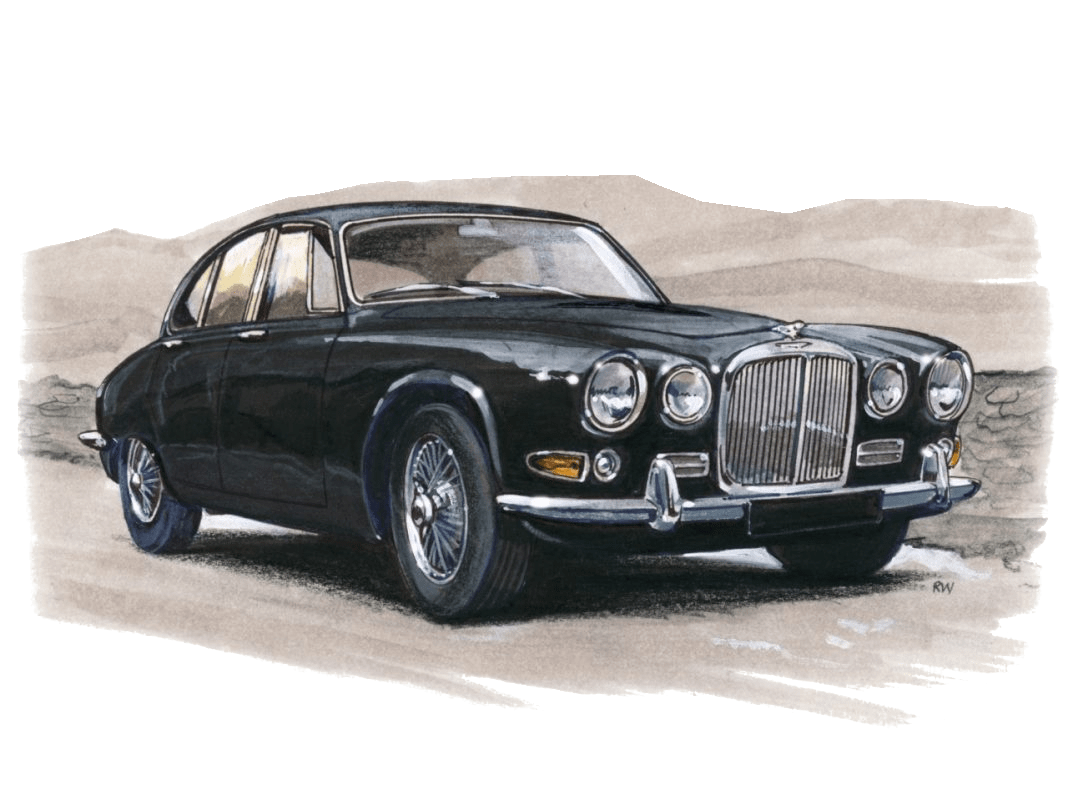
In 1966, Jaguar Cars, a luxury vehicle brand of Jaguar Land Rover, launched a novel product in the automotive world, labeled the Jaguar 420 (also referred to as the 4.2 litre). As part of the Jaguar marque tradition, it was expected to bring premium performance, unquestionable quality, and undiluted opulence. But how was the market reception of the Jaguar 420? This article delves into the historical response and acceptance of the Jaguar 420 in the automotive market.
Unveiled almost half a century ago, the Jaguar 420 came as an avant-garde saloon car brimming with potential at a time when consumer expectations were escalating, especially in affluent countries. The new Jaguar model was introduced as an upgrade from the preceding S-Type, boasting a blend of power, comfort, and aesthetic appeal. However, its market performance involved a mixture of admiration, skepticism, and competition.
Upon the initial introduction of the Jaguar 420, there was palpable anticipation and positive reception due to its innovative specifications and outstanding features. It embraced several enhancements from the Jaguar Mark X, such as the 4.2-litre XK engine and improved independent rear suspension. The car was also adorned with unique aesthetics such as a four-headlamp nose and reclining front seats, making it captivatingly attractive to potential buyers who were primarily looking for a fusion of luxury and performance.
The robustness of the XK engine and the allure of the 420’s sleek bodywork successfully garnered a favorable reaction within the car enthusiast community. Furthermore, the model found particular favor in the American market, where it was marketed as a performance sedan with an array of luxury features.
However, the Jaguar 420 was not without its fair share of criticism. Some buyers were skeptical about the car’s seemingly bulkier size compared to previous models. While this was intended to provide greater interior space and comfort, critics saw it as a diversion from the sports-car DNA that Jaguar was known for.
Moreover, the Jaguar 420 faced stiff competition from other luxury saloon cars of the era. Brands like Mercedes-Benz with their W108 and W109 models, and BMW with their ‘New Six’ sedans, provided a formidable challenge to Jaguar 420’s market dominance.
In the midst of mixed reviews and robust competition, sales of the Jaguar 420 did not quite hit the stellar heights the company might have anticipated. The total production tallied up to around 10,000 units between 1966 and 1968, which was relatively less compared to the S-Type that had over 24,000 units produced.
In retrospect, while its market reception can be described as moderate, the Jaguar 420 played an undeniable role in paving the way for subsequent Jaguar models. This car, with its blend of luxury and power, highlighted the potential for balancing performance parameters with ostentatious appeal, that Jaguar has continued to refine in future models.
In conclusion, the market reception of the Jaguar 420 was a blend of acceptance and skepticism. While it did attract a significant market share, especially in the United States, its reception was quite diversely interpreted within the spectrum of car enthusiasts. Nevertheless, the legacy of the Jaguar 420 cannot be underestimated as it contributed to shaping the trajectory of the Jaguar brand and raised the bar of expectations for luxury car performance.